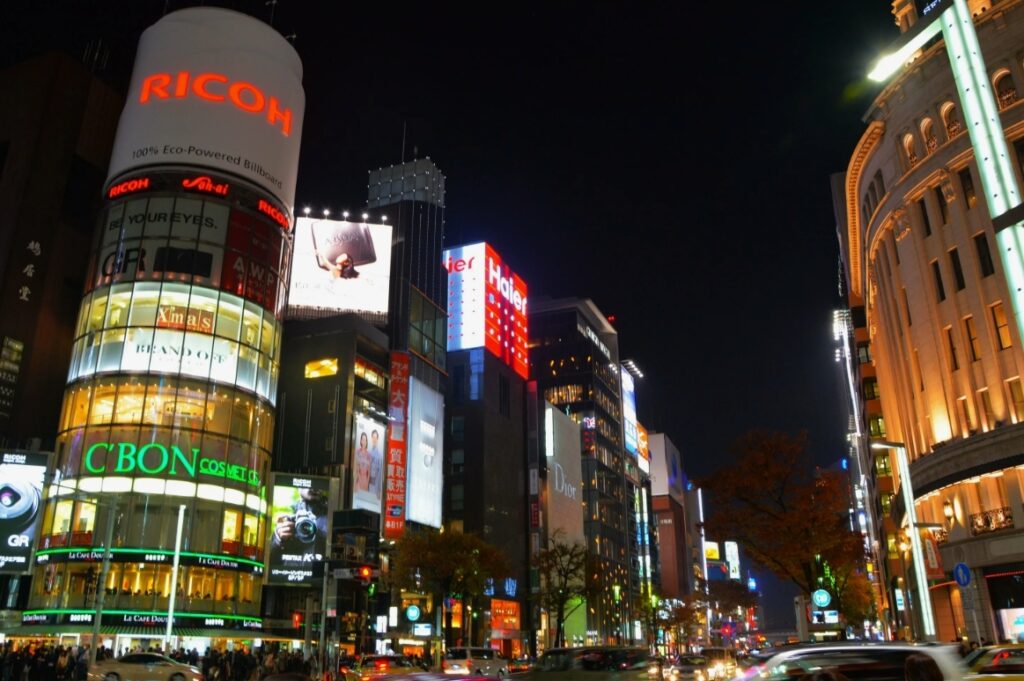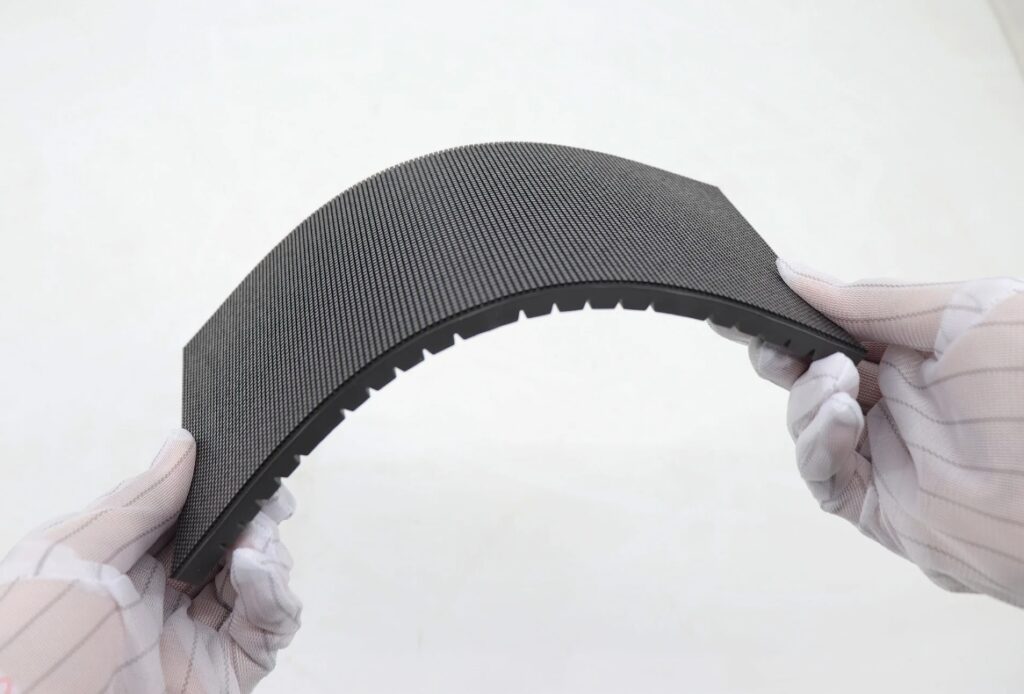Circular LED Displays: Disruptive Visual Technology
Table of Contents
What are Circular LED Displays?
Technological Breakthroughs of Flexible LED Module
Design Concepts and Visual Revolution
Global Application Scenarios
How Much Does a Circular LED Screen Cost?
Circular LED Screen Solution
On Valentine’s Day in 2025, pedestrians on the streets of Ginza, Tokyo, suddenly came to a halt. Outside the Louis Vuitton flagship store, a huge circular LED screen was staging a “space magic show”: models gracefully leaped from the dome of the curved screen, and the silk-textured LOGO danced around the building three and a half times before finally transforming into a stream of light that fell into the AR projection on the ground. This stunning visual feast swept through social media, revealing a stark reality: while traditional flat displays are still chasing “higher resolution,” circular LED screens have quietly rewritten the rules of spatial narration.

-
Circular LED Displays: Redefining Spatial Aesthetics with the “Halo”
Circular LED displays are not merely simple curved versions of traditional flat screens. Instead, they utilize flexible PCB substrates and Micro-LED matrix technology to achieve a seamless 360° circular display. The core technologies behind this innovation include:
Structural Breakthrough: Employing a spring-type skeleton support system that can withstand dynamic deformations of ±30°. (Case: The circular LED advertising column in the Dubai Mall of Samsung has been operating for three years without any deformation.)
Optical Compensation Algorithm: Optimized for the refraction of light on curved surfaces, with a tested horizontal viewing angle reaching 178° (compared to 160° for traditional LED screens).
Thermodynamic Reconstruction: An innovative honeycomb-style heat dissipation channel, which improves heat dissipation efficiency by 40%. (Data source: The 2024 White Paper of Lighthouse Laboratory)

-
Flexible Soft Module Technology: Making the Screen as Agile as Paper
At CES 2025, the foldable flexible LED modules stunned the industry with their groundbreaking innovations:
Material Revolution: The nanoscale transparent polyimide substrate is only 0.12 millimeters thick (1/8 of the thickness of an A4 paper).
Packaging Breakthrough: The introduction of quantum dot glue packaging technology, with a waterproof rating of IP68, capable of withstanding 20,000 bends. (Case: The curved guide screen in the Shenzhen Metro bends 50 times a day and has been operating stably for 18 months.)
Power Innovation: Invisible conductive film technology enables non-contact power transmission between modules, eliminating the “dark stripe” display defect at traditional connection points.
-
Design Revolution: The Blending of Technology and Architectural Aesthetics
The emergence of circular LED displays and flexible LED soft modules represents a revolution, both in design concepts and visual presentation methods. Traditional linear screens are limited by their structure, while the new generation of circular and flexible LED screens liberate designers, providing them with unprecedented creative freedom.
For example, in large-scale events and exhibitions, circular LED displays can surround the audience, the stage, or exhibits, creating an immersive visual experience. The flexibility of flexible LED modules allows them to seamlessly integrate into the curves and complex structures of buildings, breaking free from the constraints of traditional rectangular spaces.
This breakthrough not only brings more innovative advertising methods but also provides disruptive solutions for stage performances and commercial displays. Visually, the audience can enjoy consistent and clear images from any angle, breaking through the limitations of traditional screens.

-
Global Applications: Unexpected Breakthroughs
-
How Much Does a Circular LED Screen Cost?
Small Circular LED Screens (1-3 meters in diameter): Cost between $800 – $1,500 per square meter. Best suited for retail stores, small exhibitions, and boutique commercial displays.
Medium-sized Circular LED Screens (4-8 meters in diameter): Cost between $1,500 – $2,500 per square meter. Ideal for shopping malls, trade shows, and stage backdrops.
Large Circular LED Screens (more than 10 meters in diameter): Cost between $2,500 – $4,000 per square meter. Designed for premium advertising, large-scale events, and landmark building displays.
Factors Affecting the Cost:
Resolution: Screens with higher resolution offer greater clarity but come at a higher price.
Brightness and Adaptability: Outdoor circular LED screens require higher brightness and durability, increasing the cost compared to indoor models.
Advanced Technologies: Features such as flexible LED modules, curved display functions, or complex control systems will lead to price variations.
-
The Ultimate Circular LED Screen Solution
Circular LED screen solutions are not just simple installations; they cover a full set of systems from design to content delivery. The key aspects include:
Customized Design: Customize the shape, size, resolution, and display effects of the LED screen to seamlessly fit into the architectural space.
Hardware Selection: Select the best LED modules and control systems to ensure high-quality and stable performance. Pay special attention to the weather resistance for outdoor applications.
Content Management System (CMS): A powerful CMS is crucial for real-time content updates, support for multiple media formats, and remote control functions.
Installation and Maintenance: Due to the unique shape and complexity of circular LED screens, a professional installation and maintenance team is essential for long-term stability.
Conclusion: The Evolution from “Display” to “Spatial Interaction”
Looking back from the technological threshold of 2025, circular LED screens are not just an evolution of display technology but a fundamental transformation of spatial perception. By deconstructing the physical building boundaries with flexible modules and reconstructing the information path through dynamic surfaces, they elevate “display” to a new era of “spatial interaction”.
.png)

Leave a Reply